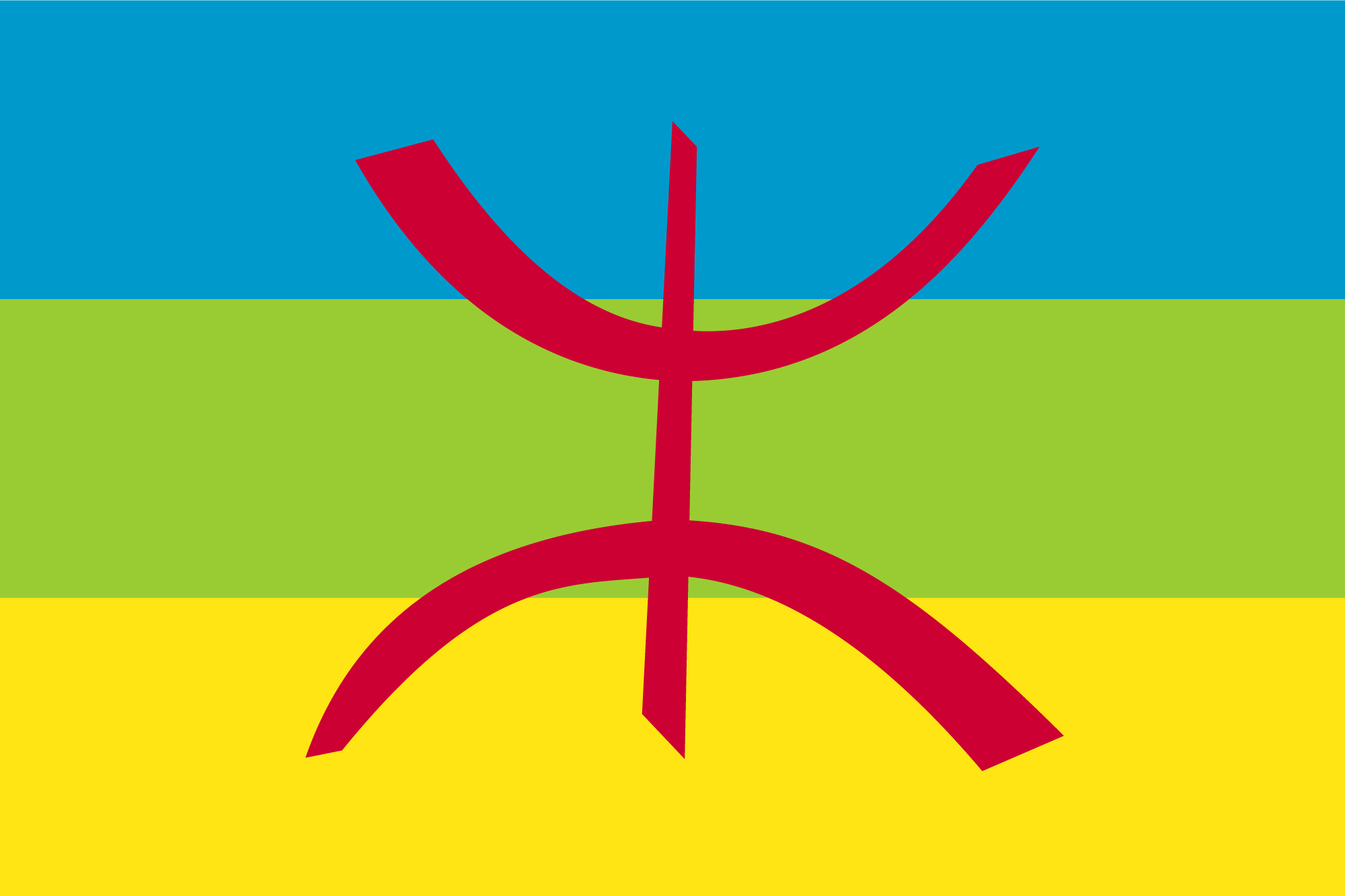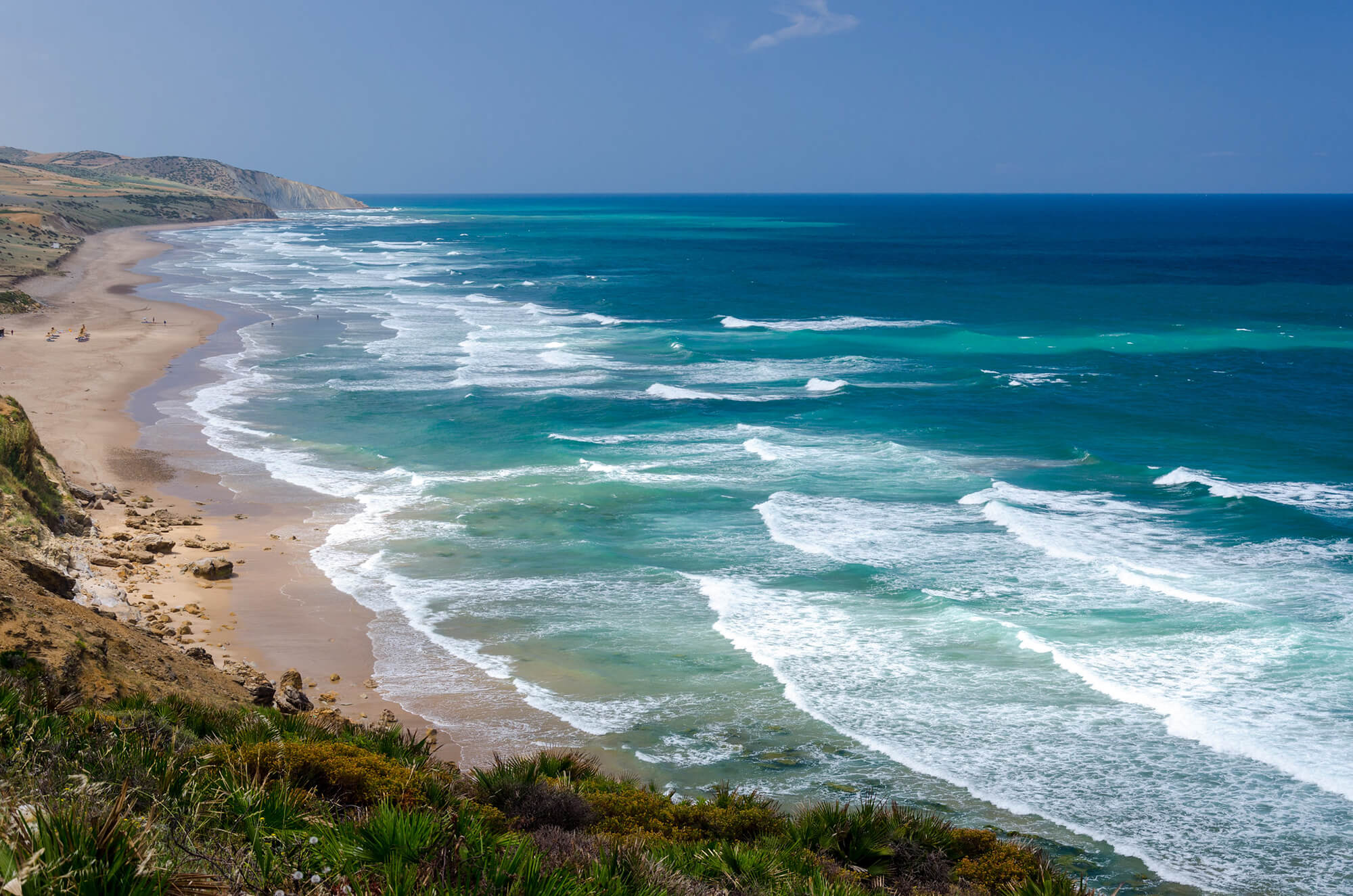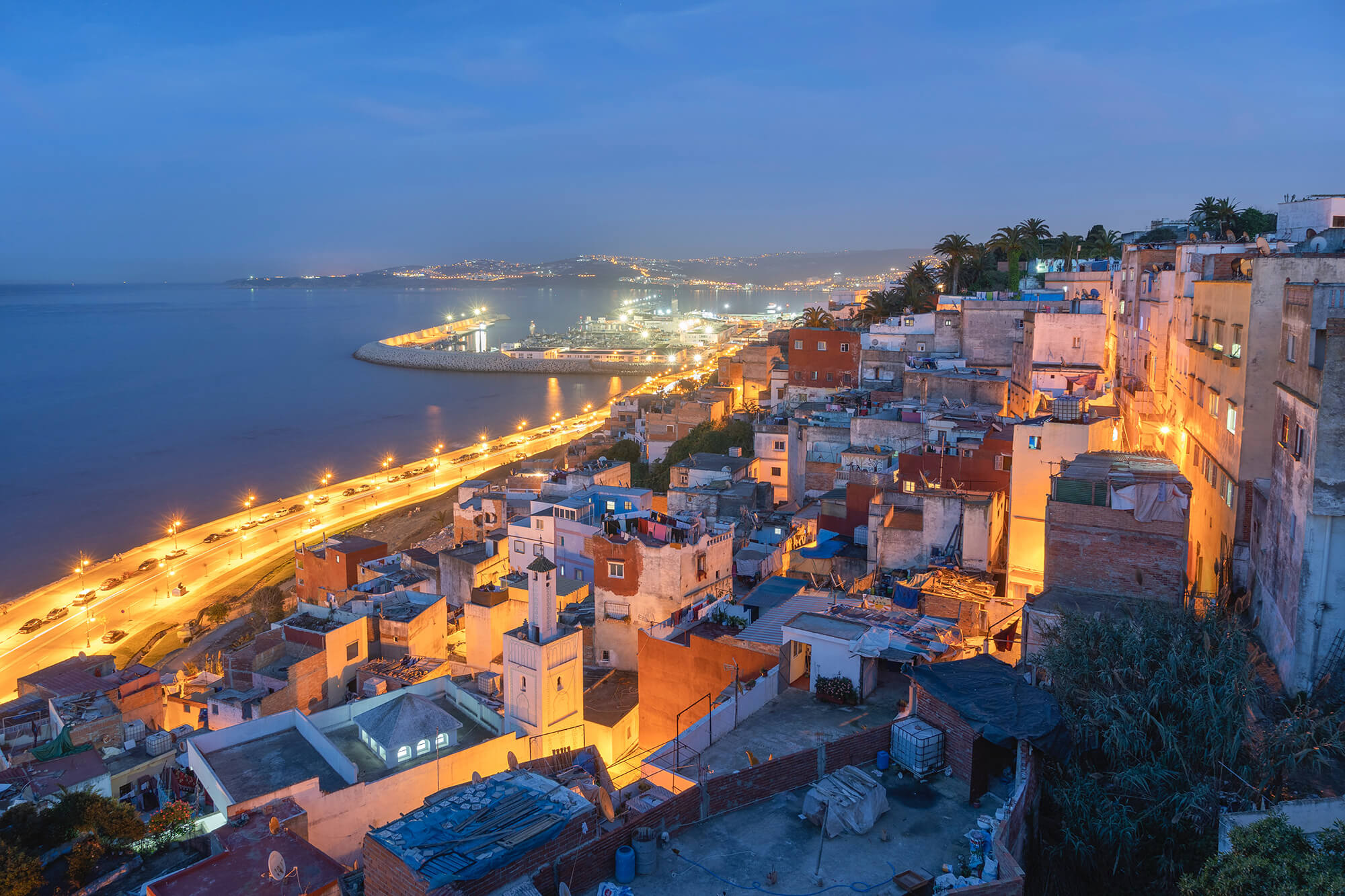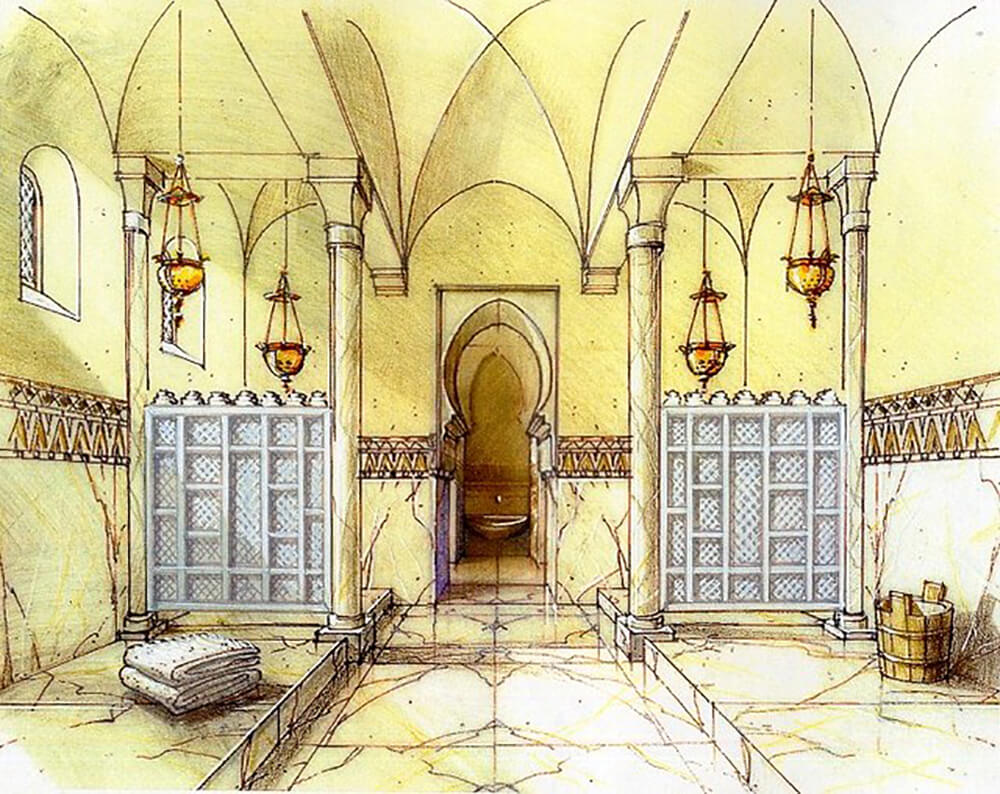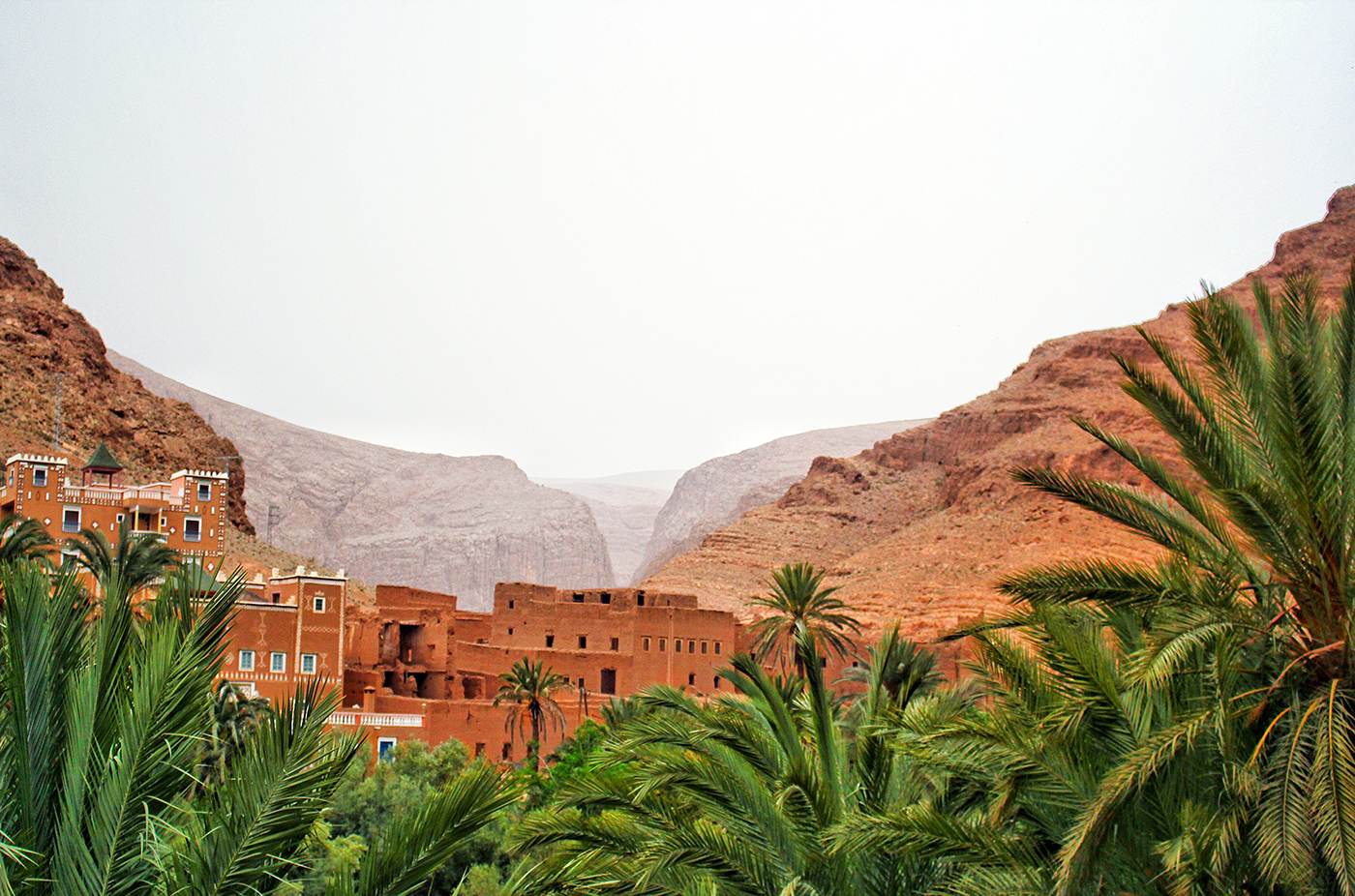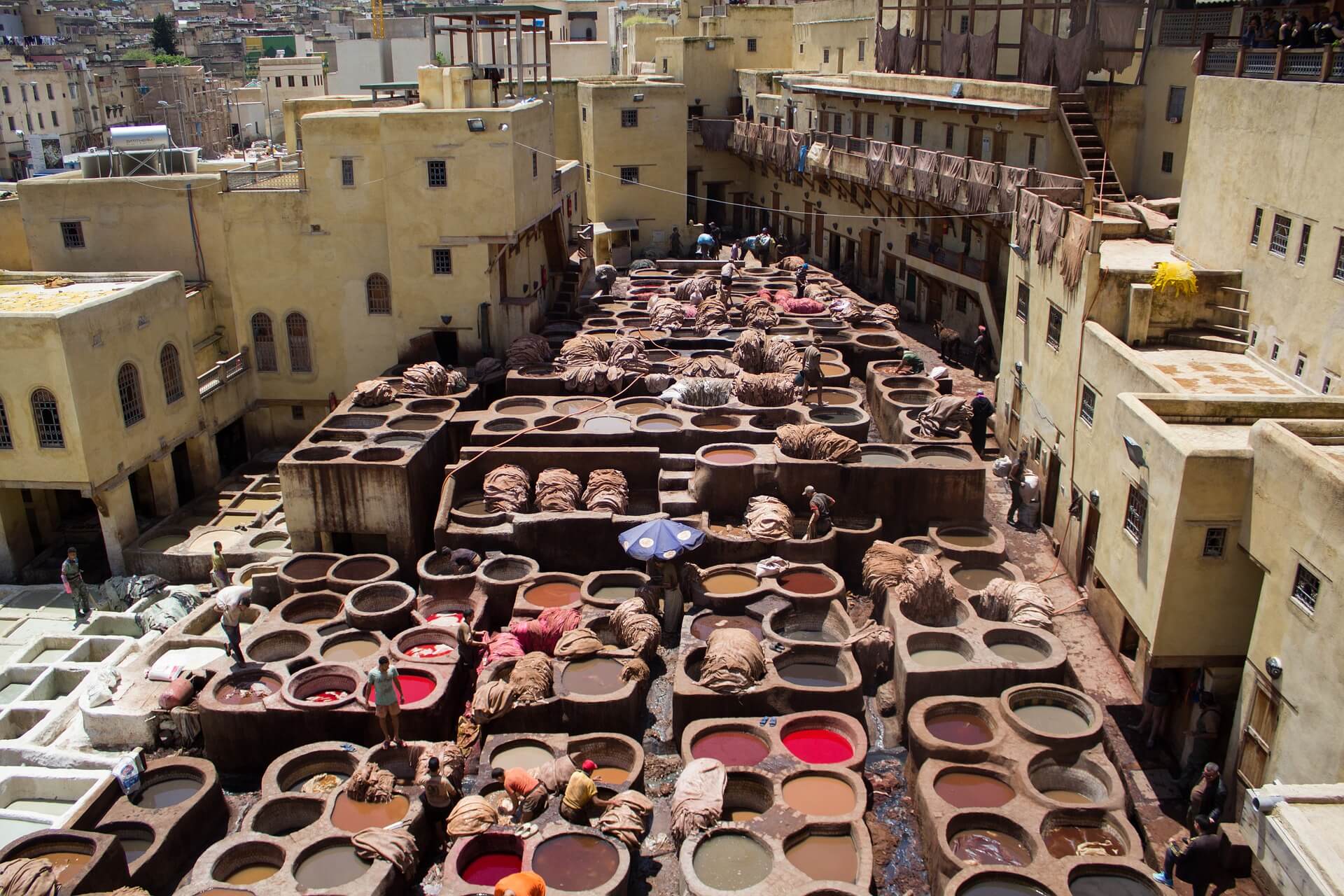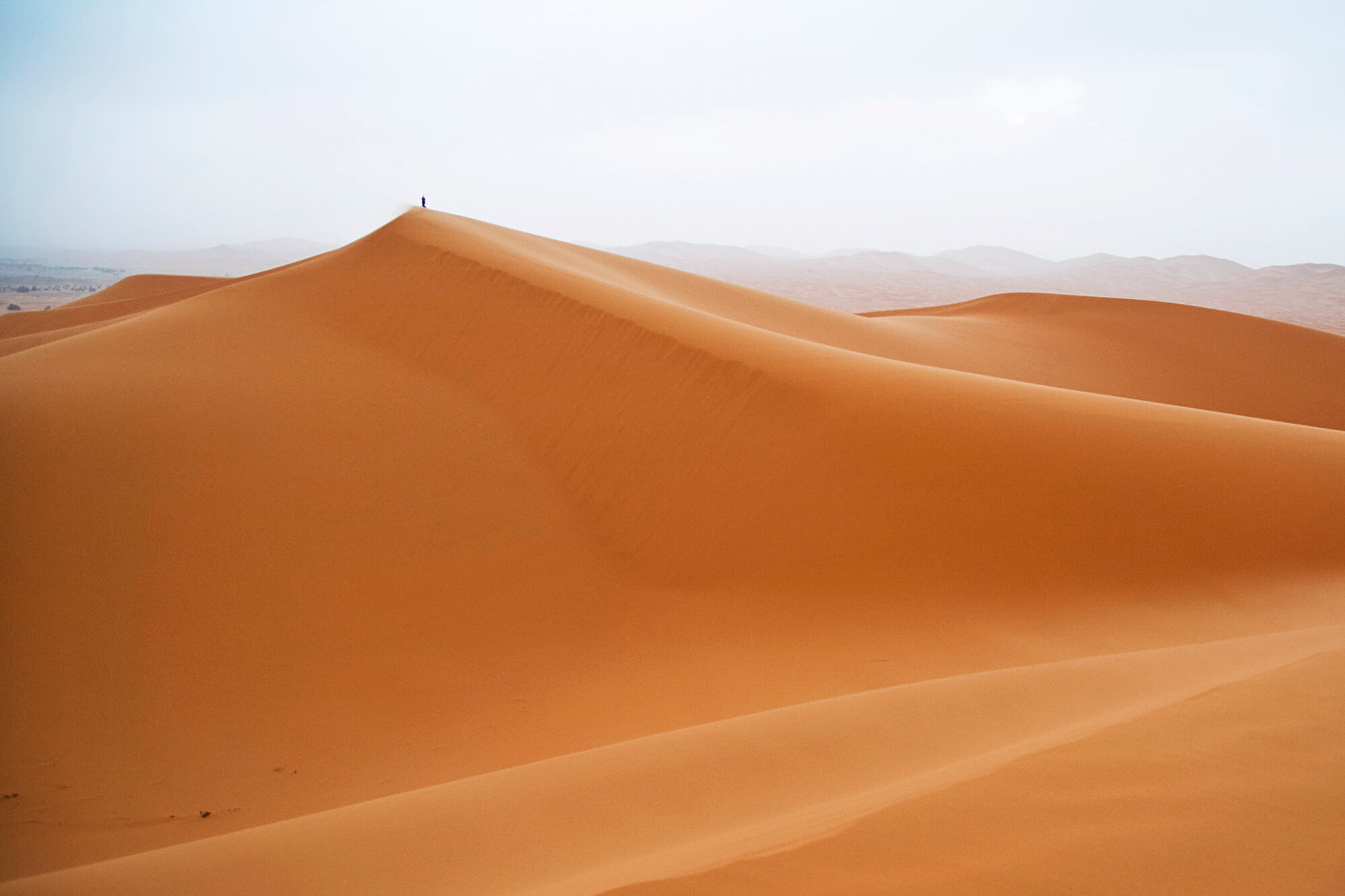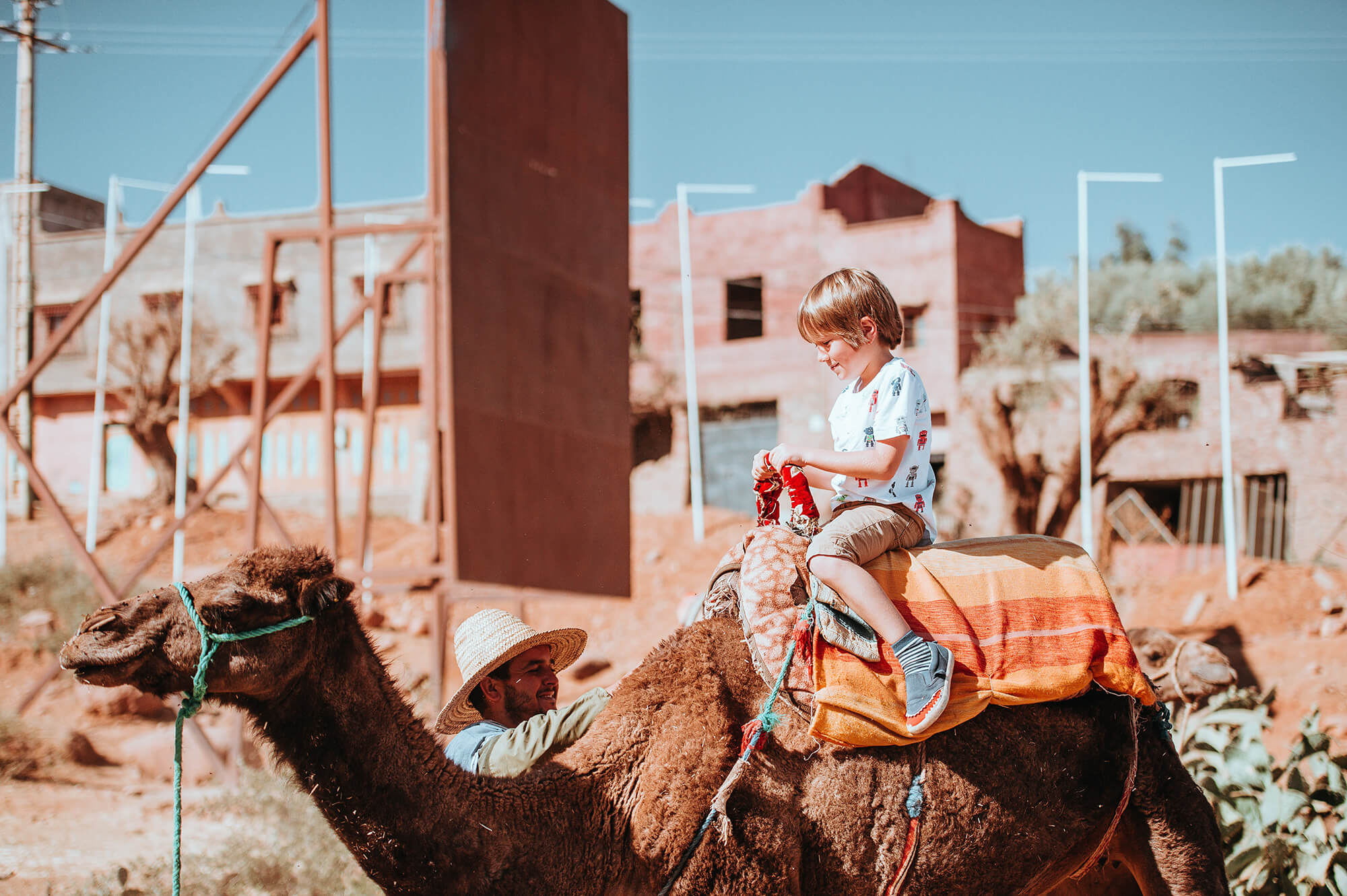Learn about Morocco’s indigenous people from their deep-rooted history to present-day experiences. The Amazigh are resilient people with their own unique language, traditional arts, and music including a strong determination of preserving their cultural heritage.
To truly understand the culture of Morocco, you have to know its people. The Amazigh -often called Berber outside the region- are North Africa’s Indigenous peoples, with large communities across Morocco and Algeria.
Many historians trace Amazigh presence in Morocco back millennia; much of their early history, values, and cosmology were preserved through oral tradition—songs, poetry, and storytelling passed from generation to generation.
Amazigh means “free people” in Tuareg usage. The term Berber derives from the Roman/Greek “barbarus” and remains common internationally, though many Amazigh prefer their endonym. When in doubt, use Amazigh (plural Imazighen) and Tamazight for the language.

Endurance and Identity
Across centuries of empires and conquests, Imazighen often retreated into mountain strongholds or the deserts of Morocco, maintaining local autonomy, law, and lifeways. Their resilience safeguarded language, art, and customs. Today, Imazighen are estimated to represent around half of Morocco’s population, and learning about them deepens any exploration of Moroccan culture and history.
Where Amazigh Communities Live (Major Groups)
There are well over a hundred different Amazigh tribes and tribal groups that inhabit different regions throughout Morocco.
The three dominant groups in Morocco are the Riffians, the Zayanes, and the Cheluh/Shilhah. Each tribe has its own unique customs and cultural practices.
Riffians (Tarifit speakers) in the Rif Mountains of the north—historically renowned for tenacity and close ties to terraced agriculture. They are the smallest Amazigh population in the country and are famous for their bravery and courage as warriors.
Zayanes (Tamazight/Tazayit speakers) in the Middle Atlas around Khenifra, with dialectal variation from valley to valley.
Shilha/Cheluh (Taschelhit/Tashelhit speakers) across the Anti-Atlas Mountains and Souss Valley—the largest Amazigh group in Morocco. They speak the tashelhit dialect that has been used in many popular Amazigh films. Some of these tribal groups are still semi-nomadic. This tribe is also known for performing traditional Amazigh music and dances.
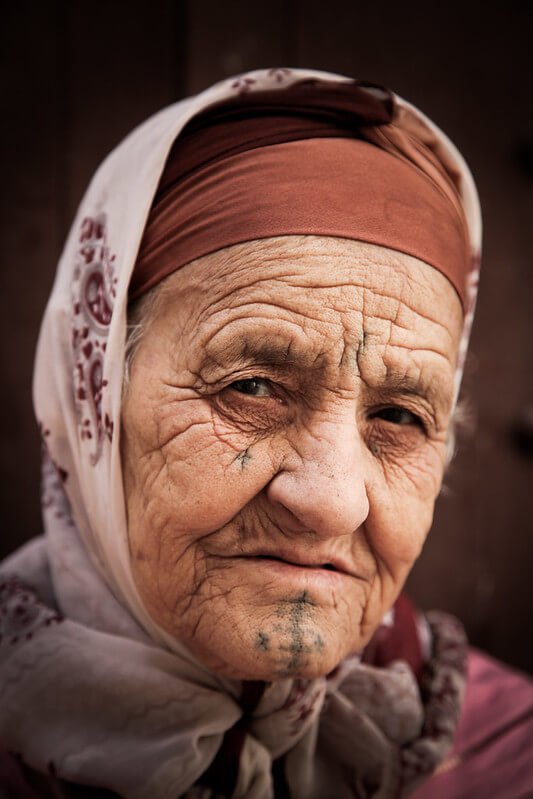
Language and Script
Tamazight (the Amazigh macrolanguage) includes several major Moroccan varieties—Tarifit, Tamazight (Middle Atlas) and Tashelhit—alongside many micro-dialects.
In 2011, Tamazight was recognized as an official language of Morocco. It’s increasingly taught in schools and public signage is expanding. The standardized script, Tifinagh, is now part of the curriculum and visible in public life.
Belief and Practice
Before Islam, many Amazigh communities practiced animism, with traditions emphasizing the spirit in living things and the land itself.
Over centuries, Imazighen also intersected with Judaism and Christianity. Today, Sunni Islam predominates across Amazigh regions, with local customs and seasonal festivals adding rich layers to religious life.

Culture, Land, and Daily Life
Steeped in tradition, Amazigh culture and customs vary from group to group. While lifestyles vary widely, three shared values commonly surface:
- Kinship and communal solidarity
- Reciprocal relationship with land and water
- Language as identity
A large majority of Amazigh still live in remote mountain villages without modern-day conveniences like electricity and running water. Many families survive by raising livestock and agriculture.
Market days structure the rhythm of trade and social life; pack animals still serve as practical logistics in rugged terrain. Most Amazigh continue to travel by donkey using the animal to transport goods.
Men are responsible for transporting and selling livestock at the local markets while women manage the house.
Hospitality is a core virtue—visitors are frequently welcomed with bread, olive oil, and mint tea.
Amazigh Women
Amazigh women are an integral part of tribal societies. Historically, the Amazigh placed emphasis on the matriarch and strong female leadership roles. Among the tribes, the most widely known figure was Dhabba Kahena, the ancestral queen mother of the Amazigh.
Today, women are still holding down the fort and are responsible for taking care of the household. They do the cooking, cleaning, tending to the animals and milking the goats, fetching water, collect wood for the cooking and take care of the children. Amazigh women have greatly contributed to their tribal economy by weaving textiles and creating pottery. These creative endeavors have also provided independence for widows enabling them to earn a living.
Amazigh women decorate their hands and feet with henna art. Historically, many Amazigh women had tattoos, but in Islam, it is forbidden so over the years, tattooing has become nearly extinct.

Art and Music
The Amazigh are spectacular artisans who make everything by hand; they weave their stories into kilims and pile rugs and create beautiful textiles such as blankets and shawls. They dye and spin their own wool, and embroider their clothing with colorful, intricate designs. They also make pottery to be used for cooking, storage, and decoration.
Music animates weddings and festivals: the guembri/loutar (three-stringed lute), bendir (frame drum), tende (mortar-and-pestle drum), and qraqeb (metal castanets) drive communal rhythms.
Popular Amazigh musicians are Ammouri M’barek, Najat Aâtabou and Jubantouja, a modern Amazigh rock band.
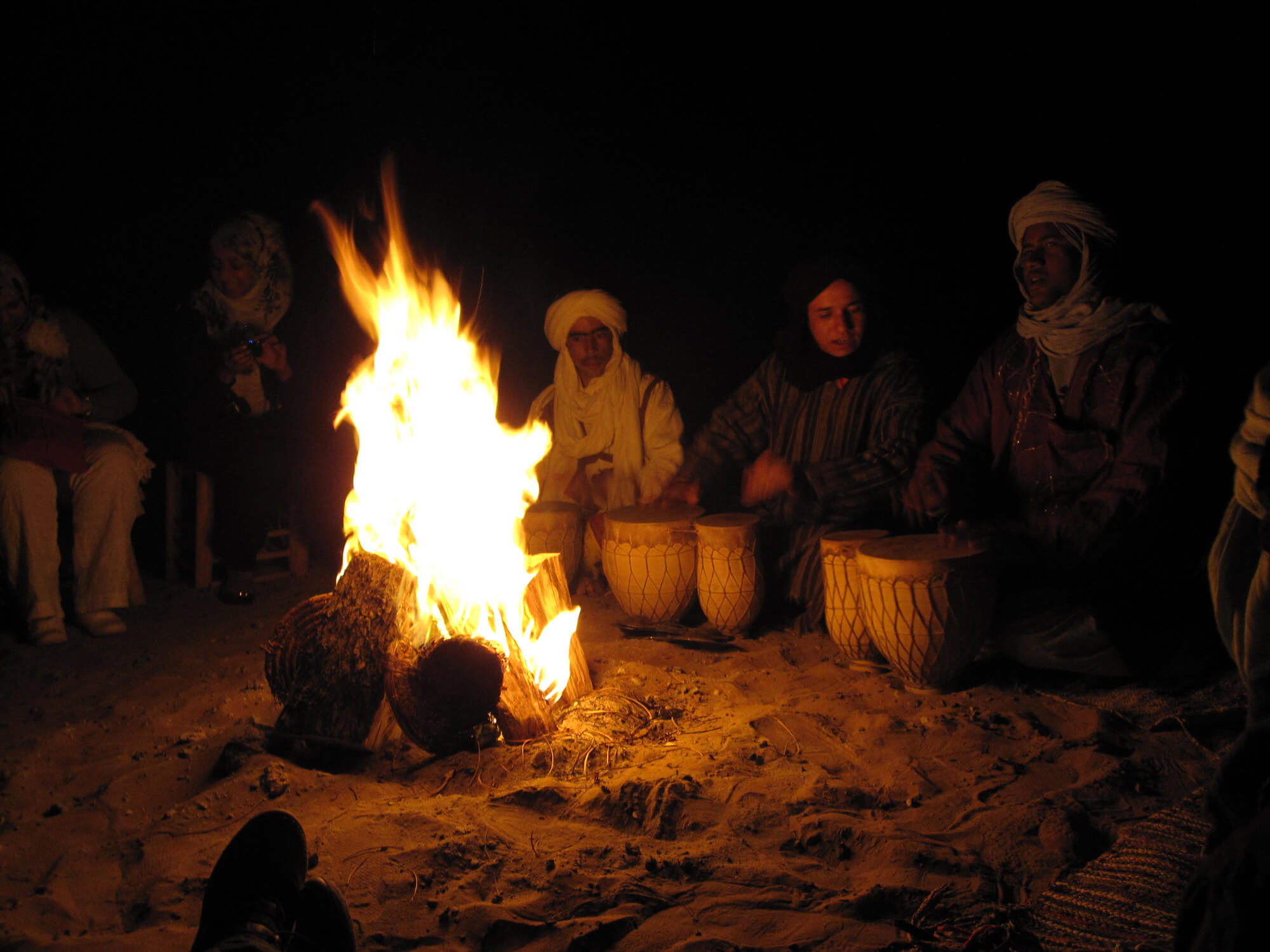
Recognition and Today’s Challenges
Nowadays, the Amazigh are fighting for the recognition and preservation of their cultural identity. Many Amazigh activists are directing their energy towards issues of language rights, land and water stewardship and cultural visibility.
Until recently, the Amazigh people have fought to have the teaching of their language, Tamazight, in schools across Morocco, and in 2016 this was achieved. Now, future generations will learn their language of origin and continue to help preserve their cultural heritage.
Ongoing priorities involve equitable access to services in Amazigh regions and sustainable management of natural resources important to rural livelihoods.
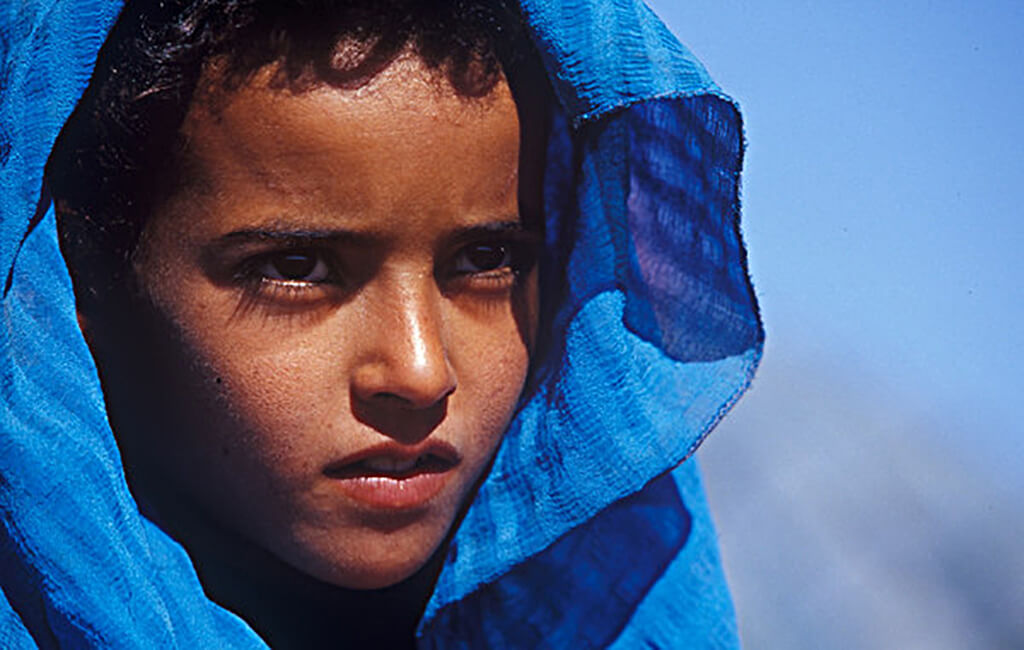
Visiting Amazigh Regions Respectfully
- Learn a few words in Tamazight or Darija—it opens doors.
- Ask before photographing people, homes, or sacred places.
- Support local economies by buying authentic, handmade crafts directly from artisans.
- Travel with guides who value community-based tourism and fair pay.
In spite of centuries of pressures, the Amazigh remain—creative, adaptive, and deeply tied to land and language. Their story is inseparable from the past, present, and future of Morocco.
🧭 FAQs
Q1: Are “Amazigh” and “Berber” the same?
Yes. Berber is the widely known exonym; many prefer the endonym Amazigh (Imazighen).
Q2: What languages do Amazigh speak?
Primarily Tarifit, Tamazight (Middle Atlas), and Tashelhit, plus Darija and often French/Spanish in some regions.
Q3: Is Tifinagh new?
It’s an ancient script with modern standardization; since 2011 it’s increasingly taught and seen on signs and in media.
Q4: Where can I experience Amazigh culture?
Rif, Middle Atlas, Anti-Atlas, Souss Valley, and desert gateways like Erfoud, Rissani, Merzouga, and Ouarzazate.
Q5: How can I be a respectful visitor?
Dress modestly in rural areas, ask before photos, buy direct from artisans, and travel with responsible local guides.
—
Editor’s Note: This post was originally published in 2020 and updated in October 2025 for accuracy and freshness.
